What Is The Best Sand For Your Chicken Coop?
Finding the best litter for your chicken coop can be a bit of a journey for many chicken enthusiasts. After all, opinions can vary wildly on the topic. The best way to find out which litter works best for YOUR coop is through lots of research and experimentation. For some flock owners experimentation, or curiosity, might lead them into wanting to try using sand in their coop.
While using sand for litter may be a bit out of the question for some flock owners, it can actually be a great investment for others. So, if you’ve been thinking about experimenting with sand as litter but aren’t sure which type of sand to use in your chicken coop. we’ll shed some light on the topic in this article!
We discuss the different (and best) types of litter or bedding for the coop here. For this article, however, we want to focus specifically on the use of sand in the chicken coop. It’s becoming more popular than ever before, and for good reason!
Definition of Sand
Until we began researching the topic of how sand could be used in the chicken coop, we hadn’t really considered just WHAT it is. I guess we just took it for granted, like a lot of things around us that seem commonplace.
Wikipedia defines it like this:
Sand is a granular material composed of finely divided rock and mineral particles. Sand has various compositions but is defined by its grain size. Sand grains are smaller than gravel and coarser than silt. Sand can also refer to a textural class of soil or soil type; i.e., a soil containing more than 85 percent sand-sized particles by mass.[2]
Wikipedia
They discuss just about everything imaginable about sand there, which is fascinating, especially for you scientific types! For our purposes, we’ll only be looking at the types of sand that work best in the chicken coop.
Why Do People Put Sand in Their Chicken Coops?
Using sand as chicken coop litter might seem a bit unconventional for some, but it’s actually the preferred option for others. It is cleaner, less expensive, yet is high quality litter for chickens.
However, not all sand will work in your chicken coop. So it is incredibly important to do your research before purchasing any type of sand.
There are LOTS of differing opinions on using sand in the chicken coop. Check out the variety of opinions at the Backyard Chicken Forum.
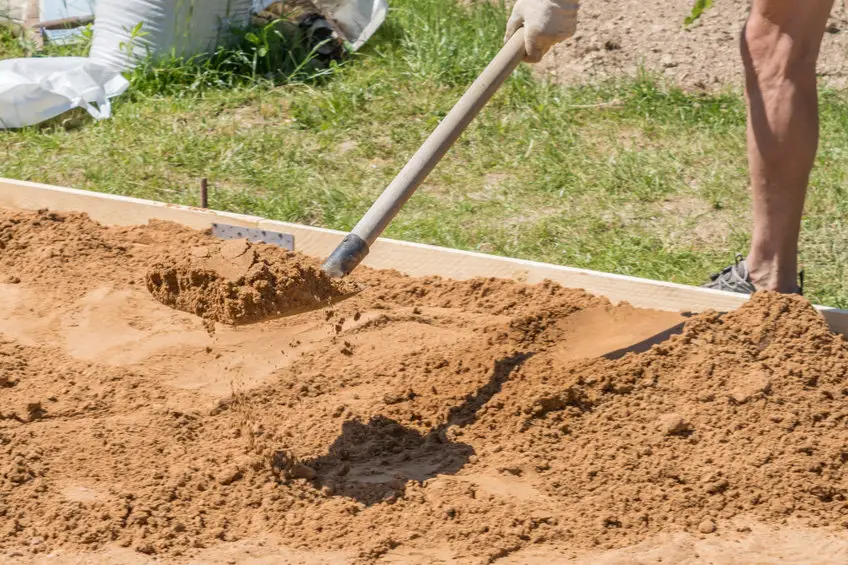
Pros and Cons
Like anything, there are always advantages and disadvantages. Hey, nothing is perfect right? So let’s take a look at the pros and cons of using sand in the chicken coop.
Pros:
- Sand is less expensive
- Using sand is an eco-friendly alternative
- Sand cleans chicken’s feet
- It is an amazing source of grit – Your flock needs this in their diet!
- Dry; does not retain moisture, making it a great option for those living wet climates
- Sand is low in pathogens
- Makes great litter for chickens
- As litter, sand can last a long time before needing to be replaced compared to other types of bedding like straw, newspaper, or pine shavings
- Can be used for dust baths – an added bonus, making it dual purpose
- Will not attract rodents like mice or rats as easily
- Less maintenance overall – requires occasional “poop scooping” which can often be done with a rake and/or shovel. However, this could ALSO be put in the cons side for some, since it requires added maintenance compared to the deep litter method
- Easy to find at Home Depot, Menards, Runnings, or by calling your local gravel company.
Cons:
- Sand will get hot in open coops; can burn chicken’s feet. This is likely more of an issue in the run, which is often outside and exposed to direct sunlight.
- It is cold in winter and could freeze if wet – This is less of an issue if the sand drains well.
- Sand does not work well in the deep bedding method
- It is hard to find sand bedding
- Bacteria will flourish
- Sand can be heavy, which will be a hindrance to large chicken tractors
- More maintenance/cleaning
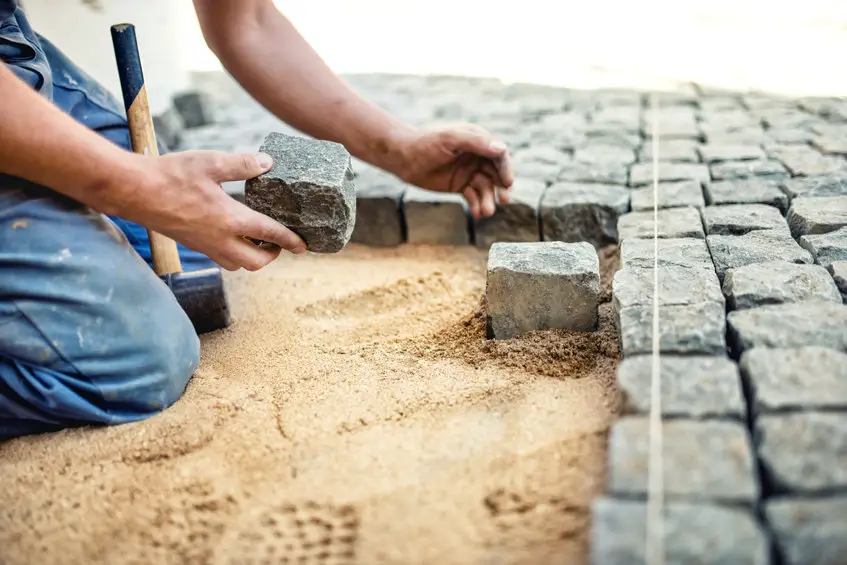
Types of Sand
Finding the right type of sand can be difficult as sand is constantly labeled with different names even if it is the same type. For clarity, we have made a shortlist of the most popular types of sand and our thoughts on each!
3. All-Purpose Sand
All-purpose sand is somewhat similar to play sand, but it’s texture is less. This type of sand usually stays dry even after rain, so you will not have to worry about it freezing if you live in cold climate.
The sand also mixes well in dirt. Usually, all-purpose sand is reasonably affordable. It is not the best sand, but it’s a great inexpensive alternative if you can not afford a better quality sand.

2. Construction Grade Sand/Medium to Coarse-Grained Sand:
This type of sand is one of the best options for your chicken coop. It can be referred to by many names. Some of these include: concrete sand, riverbank sand, construction-grade sand, equestrian sand, and medium to coarse-grained sand.
This sand is not as dusty as play sand which is a huge benefit since, if you own chickens, you know they will spend a lot of time scratching and kicking it up.
Medium to coarse-grained sand does not get wet inside and does not have as many drainage issues. We highly recommend using this kind of sand for your coop. It can be found at Lowes, Home Depot, your local hardware store, or online.
1. Play Sand:
Sand you find on a playground is probably the worst type of sand to use. That type of sand usually has ground-up quartz and an exceptional amount of dust. The dust will not be favorable towards you or your flock’s respiratory system.
In fact, long-term exposure to play sand can cause cancer in humans. Also, if your chicken eats play sand, it can cause crop impactions in your chicken. So, be careful when choosing your sand!
Where Do You Find Sand for Your Coop?
In most cases, you will be able to find your sand online. However, if you prefer to buy the sand in person, you can find sand in stores like Home Depot and Lowe’s. For some, you can even get into contact with your local gravel companies and ask if they have the sand your looking for.
How to Clean the Sand in a Coop:
For those new to using sand in their chicken coop, finding ways to clean the sand might be a bit intimidating. However, like a cat litter, you can easily scoop the sand out. Most chicken owners clean their sand coop once or twice a week. To do this, you can use tools like a shovel, cat litter scoop, taping knife, or a rake. See the video to learn how to make a very clever shovel!
However, once a year you should replace the old sand with new. Some buy twice as much sand as they need each year, so they can trade out the sand in a year.
According to The Feather Brain, through the year they use ½ of the sand, then let the other half sit outside, and after a year they switch the sands. We recommend trying that eco-friendly and inexpensive idea if you get the chance. However, buying brand-new sand each year is also a great idea.
Conclusion
In summary, sand can be an amazing litter for most chicken coops. It’s inexpensive, keeps your chicken’s feet clean, and can be a fine litter for your chickens.
However, sand can also be dangerously dusty depending on the type you buy, could possibly burn your chicken’s feet in the summer, and will not perform well in the deep bedding method.
In most cases, construction-grade sand will work best for your coop, as it does not have drainage problems and does not get wet inside. This is a very popular and our recommended option if you’re going to use sand as litter in your coop.
Helping you find the best litter for your chicken coop is important to us! We hope this article helped you learn more about the benefits and disadvantages of using sand. Always remember to do your research before purchasing any type of sand!
We wish you the best of luck! And of course, happy “chickening!”

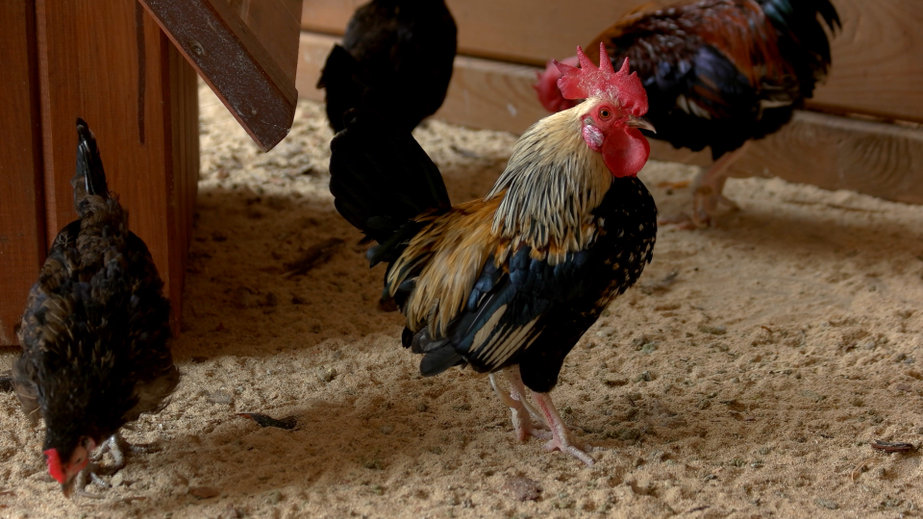



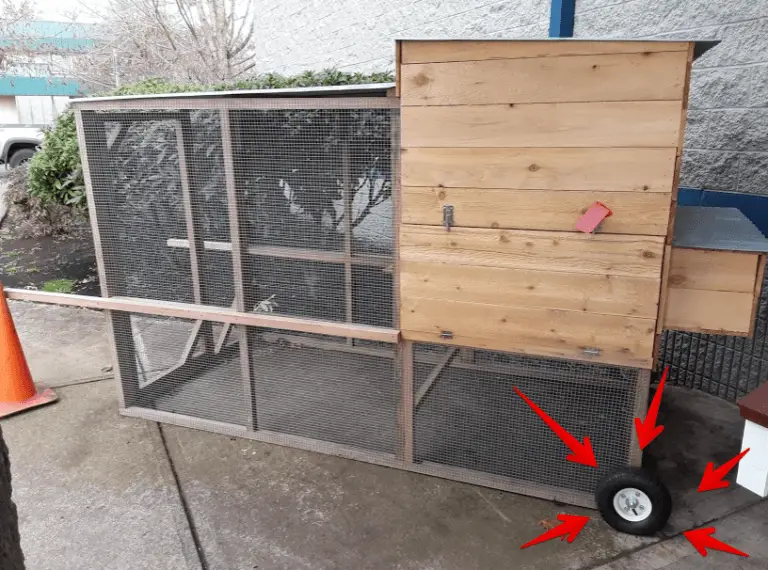
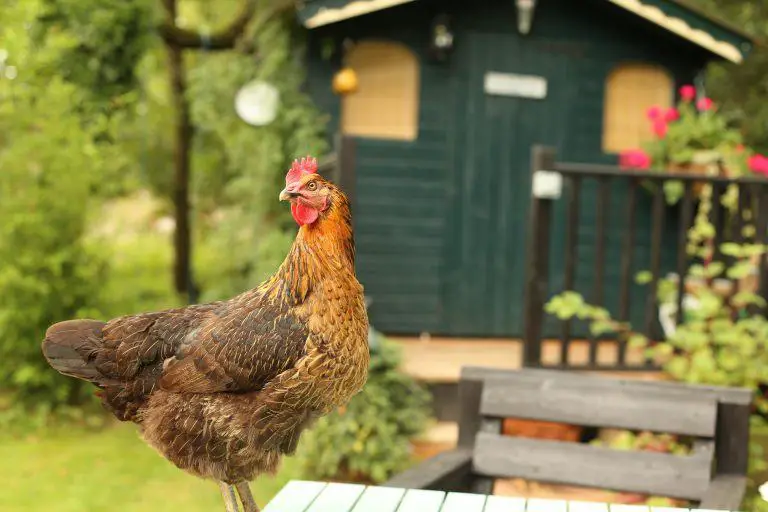

If you love your chicken, you will be interested in getting the right litter (beddings) for them. I know a place in Africa where they use rice brown for chicken coop litter. The unique difference is that it does not last long in the coop like sand. Using sand that can last a year-round is great and easier to manage. Top of it is that it mops water away from the chicken and keeps the coop always dry.
Hello Parameter, and thank you for the comment. I had not heard of using rice before! I would think the chickens would want to eat it. But I guess if it’s a readily available material and has worked well for them, it’s a viable option as long as it stays dry. We live in the pacific northwest in the US and I don’t think it would work well here because of all the rain we get. Have a great day!
I cannot find my “sand” online – I was hopint that you would provide brand-names, for example
Hi Daniel – Brand may not be all that picky, as long as you get the right type of sand i.e. medium to coarse grade sand. We look at hardware stores or the big box stores for ours. Avoiding play sand is key. Hope this helps!